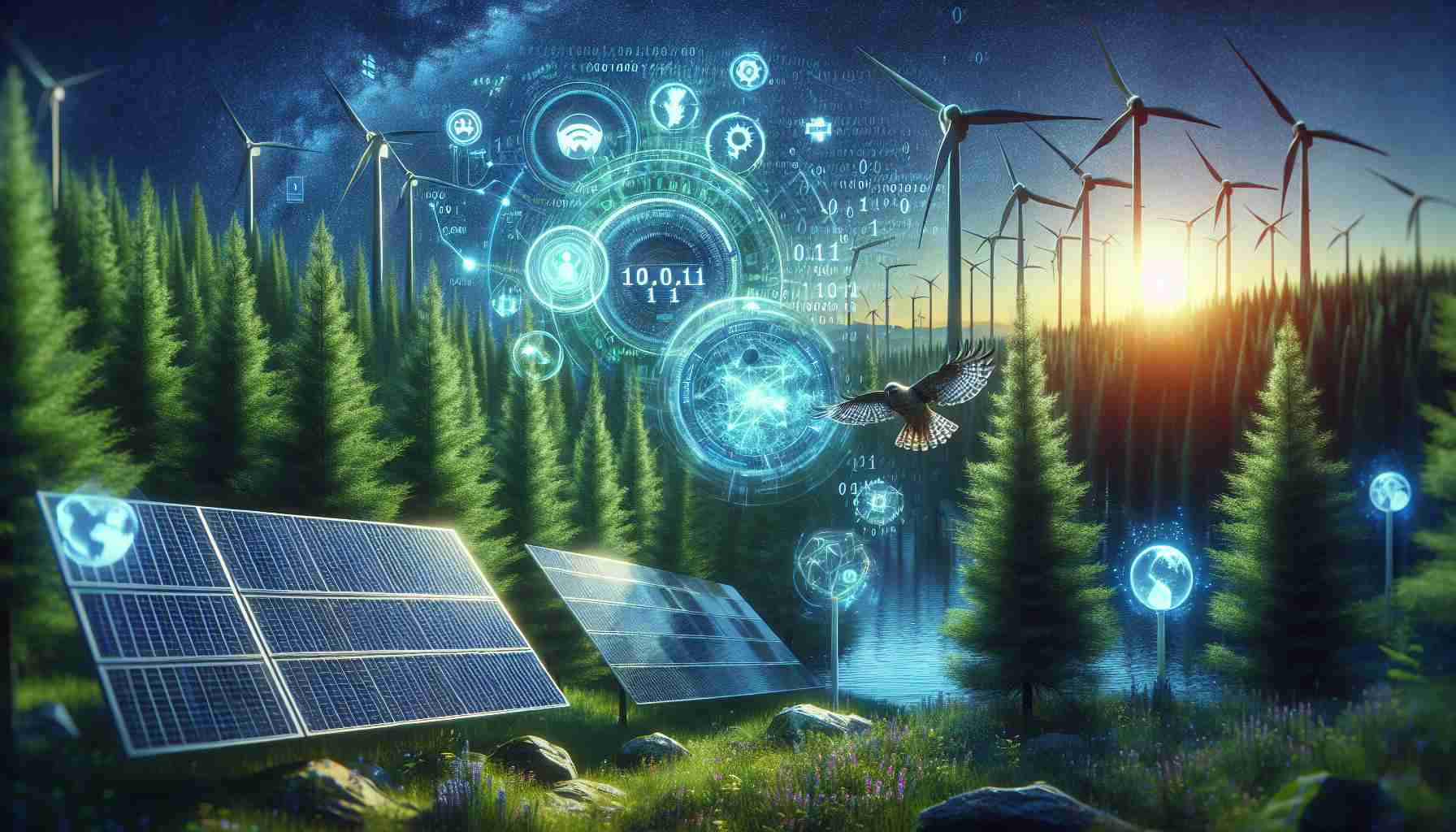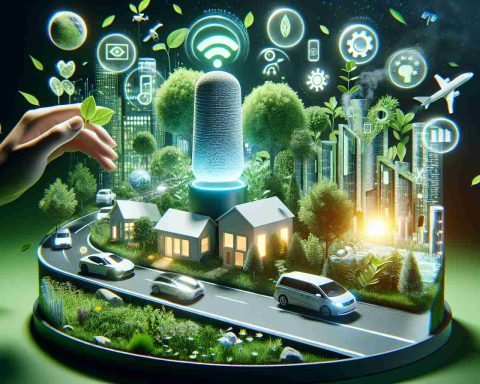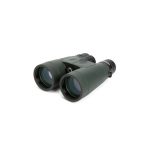Innovative Solutions for Biodiversity Challenges
In a world racing towards renewable energy, the protection of biodiversity remains a pressing concern. As wind farms proliferate, a groundbreaking system developed by nvisionist harnesses artificial intelligence to safeguard wild birds from the potentially disastrous impacts of wind turbines.
The system, known as nvbird, employs advanced technologies including computer vision and machine learning. Cameras positioned around the turbines monitor their surroundings, discerning various types of movements such as clouds, insects, and notably, rare birds. When a protected species approaches, the system activates a three-step prevention process. It first detects the bird, calculates its trajectory, and if a collision is imminent, it emits specific sound frequencies to encourage the birds to divert away.
Remarkably, this proactive approach boasts an impressive success rate, almost completely eliminating shutdowns at wind farms, thus enhancing their productivity.
Moreover, nvisionist is also pioneering nvFirePro, an early-warning system for wildfires that will become operational soon, alongside nvSmartCheck, which assesses installation quality in real time.
As the global energy landscape shifts toward low-carbon solutions, the need for such innovative interventions becomes even more critical. By integrating cutting-edge technology into environmental protection, we can pave the way for a sustainable future that prioritizes both renewable energy and wildlife conservation.
Essential Tips and Life Hacks for Protecting Biodiversity
As we move towards a future dominated by renewable energy sources, it becomes essential to integrate innovative solutions not just at the technological level, but also in our daily lives. Here are some practical tips, life hacks, and fascinating facts that can help individuals contribute to biodiversity protection and sustainability.
1. Educate Yourself and Others
Understanding biodiversity and its importance is the first step towards making a difference. Take the time to read articles, watch documentaries, and attend workshops about local ecosystems. Share this knowledge with friends and family to raise awareness.
2. Create a Wildlife-Friendly Garden
You don’t need a vast space to help wildlife thrive. Plant native species, avoid pesticides, and create habitats for insects and birds. Simple additions like birdhouses, bee hotels, and water sources can make a significant impact.
3. Support Renewable Energy Initiatives
Help boost the growth of renewable energy sources by supporting local initiatives or businesses that prioritize sustainability. Every small effort counts, from advocating for solar panels in your neighborhood to using green energy sources for your home.
4. Use Technology Wisely
Leverage apps designed for biodiversity tracking, like iNaturalist, which can help you learn about local wildlife and contribute to conservation efforts. These tools connect you with a community of nature enthusiasts and may help in documenting species in your area.
5. Volunteer for Conservation Projects
Get involved with local organizations that focus on wildlife conservation. Volunteering your time can provide invaluable support to these initiatives and help restore local habitats.
6. Reduce Your Carbon Footprint
Make small changes in your lifestyle that can collectively have a big impact. Use public transportation, reduce energy consumption by turning off unused devices, and practice the three Rs: Reduce, Reuse, Recycle.
7. Advocate for Policies that Protect Biodiversity
Stay informed about local and national legislation affecting biodiversity. Write to your representatives or participate in advocacy campaigns focused on environmental protection and wildlife conservation.
Interesting Fact: Did you know that more than 80% of the world’s biodiversity can be found in forests? Trees provide habitat, food, and shelter for countless species. Protecting forests through sustainable practices is crucial for maintaining biodiversity.
Link Your Actions with Global Efforts
By integrating these tips into your life, you contribute to a larger movement toward sustainability and biodiversity conservation. For more insights into innovative solutions and their role in protecting our planet, visit nvisionist.
In conclusion, each of us plays a vital role in the health of our planet. Through conscious choices and active participation in conservation, we can protect our biodiversity and ensure a sustainable environment for generations to come.

















